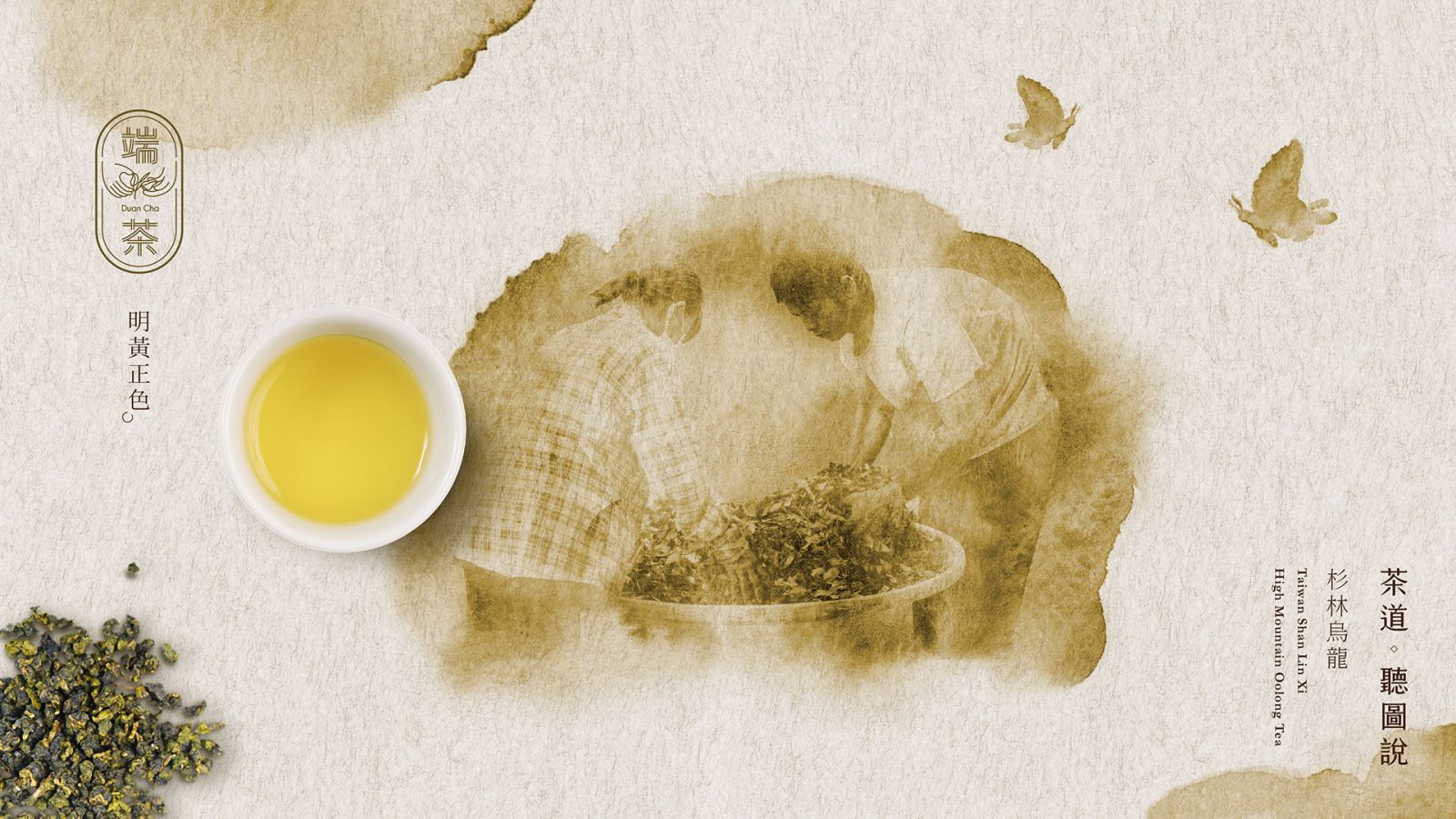
2025年10月15日
Cross-Sensory Pre-Translation is a unique philosophy in modern tea culture that unites sensory perception, language creation, and spiritual experience.
It represents a new way of understanding tea — not just through taste, but through emotion, sound, touch, and memory.
Fusion of the senses – taste, smell, sight, and sound flow together to create a holistic tea experience.
Language before words – your body begins to “translate” the tea before you consciously describe it.
Individual expression – every taster develops their own tea language, born from personal feeling and imagination.
In the philosophy of mindful tea tasting, Cross-Sensory Pre-Translation is a practice of awareness.
Each sip becomes a moment of presence, where language arises naturally from your encounter with flavor.
You don’t “analyze” tea — you become part of its unfolding story.
Traditional tea vocabulary can limit how we describe aroma and taste.
Cross-Sensory Pre-Translation dissolves that rigidity, creating a living language of tea — fluid, open, and emotional.
This approach celebrates the poetic and the imperfect, allowing your perception to lead your words.
In this philosophy, you are not just a tea drinker; you are a language-maker.
When you describe your tea — “like mist on cedar leaves,” or “the warmth of morning rain” — you reclaim your right to define your own sensory truth.
Each tea leaf carries the memory of its land — the altitude, soil, humidity, and the hand that made it.
Cross-Sensory Pre-Translation lets these natural voices speak again through personal language and sensory storytelling.
This philosophy supports sustainable tea culture.
By slowing down and listening to your senses, you also reconnect with nature, honoring the tea’s origin and the earth that sustains it.
As more drinkers share their personal expressions, a collective tea language emerges — diverse, inclusive, and ever-evolving.
This becomes not just communication, but a cultural ecosystem of shared imagination.
Cross-Sensory Pre-Translation redefines what it means to taste tea.
It transforms tea drinking into a spiritual, creative, and sustainable dialogue between humans and nature.
It embodies DUAN CHA’s core belief:
“When language arises from sensation, not convention — only then is tea truly understood.”